Code
HCS21796
Weight
300 gm / 0.66 lbs
Size
Diameter
13cm (5") Height
8cm (3") Material
Wood and White metal
Availability
Available
Date Added
2020-10-29 01:42:34
Note : We used to sell this product 5 years ago so it may no longer be in our stock.
It is possible that we still have it with our suppliers but the price could be different from before.
Feel free to order. We will verify availability and inform you promptly.
It is possible that we still have it with our suppliers but the price could be different from before.
Feel free to order. We will verify availability and inform you promptly.

Safe Payment
We accept Paypal, Money Transfer, Bank Transfer
Confidence
Protection covers your purchase and personal data.
Worldwide Delivery
We ship Worldwide, except Russia.Shipping cost US$25.2 for upto 0.5 kgs

Hotline
Talk to help line for your question on 9841267335Chod Damaru :
In the Tibetan Buddhist tradition, the damaru is part of a collection of sacred implements and musical instrument was adopted from the tantric practices of ancient India. These reached the Himalayas from the 8th to 12th century, persisting in Tibet as the practice of Vajrayana flourished there, even as it vanished in the subcontinent of India
The Chod damaru (or choda) is a specialized form of damaru. It is generally larger in circumference and has a more round shape than its smaller counterpart. The Chod damaru is used in the tantric practice of Chod.
Drum Damaru - The Asia and Pacific Museum in Warsaw
With no known antecedent, the chod is traditionally made of acacia wood (seng deng), though a variety of woods are acceptable, as long as the tree is not toxic and does not possess thorns or other negative attributes. Made as a one-piece, double-sided (two-headed) bell shape, size varies from 8 inches to 12 inches in diameter. Usually featuring only a thin veneer of varnish, so that the grain of the wood shows, they come the common red (marpo), black (nakpo) or rare yellow (serpo) type of acacia, and are very occasionally painted with skulls, the eight charnel grounds, or other symbols. The waist or belt is traditionally made of leather, though often brocades are used. A set of mantras are traditionally painted on the interior of the drum prior to its skinning.
The pitch of the drum varies, and the tone may vary depending on conditions of dampness, temperature and so on. Played slowly, and methodically, the droning of the damaru accompanies the haunting melodies and chants of the chod ritual, as of which are accompaniments for the inner meditations and visualizations that are at the heart of this spiritual practice.
The above applies to the ideal manufacture of the damaru, and as still described in the definitive modern work, the "Mindroling Handbook of Vajrayana Implements." Those manufactured in India and Nepal are made of indeterminate and cheap woods, with painted skins, often no interior mantras, and altogether deviating from the many other essentials, as presrcibed in technical literature such as the Mindroling Handbook. Such copies are now widespread and in use by Eastern monastics and Western students.
Chopen
Damaru of all kinds are traditionally paired with a long sash or tail called a chopen. The chopen is attached to the end of the drum's handle so that it waves about while the drum is being played. They are most commonly made of brocade or silk using the colors of the tantric elements. On smaller damaru, the chopen is usually found without adornment, but on chod damaru, the tail will often feature several items which have been sewn onto the fabric. These adornments commonly include but are not limited to: a polished silver mirror or melong, a set of small bells, strips of tiger and/or leopard skin, one or more precious stones (i.e. dzi bead), and any number of small brass trinkets.
Drum Damaru - The Asia and Pacific Museum in Warsaw
With no known antecedent, the chod is traditionally made of acacia wood (seng deng), though a variety of woods are acceptable, as long as the tree is not toxic and does not possess thorns or other negative attributes. Made as a one-piece, double-sided (two-headed) bell shape, size varies from 8 inches to 12 inches in diameter. Usually featuring only a thin veneer of varnish, so that the grain of the wood shows, they come the common red (marpo), black (nakpo) or rare yellow (serpo) type of acacia, and are very occasionally painted with skulls, the eight charnel grounds, or other symbols. The waist or belt is traditionally made of leather, though often brocades are used. A set of mantras are traditionally painted on the interior of the drum prior to its skinning.
The pitch of the drum varies, and the tone may vary depending on conditions of dampness, temperature and so on. Played slowly, and methodically, the droning of the damaru accompanies the haunting melodies and chants of the chod ritual, as of which are accompaniments for the inner meditations and visualizations that are at the heart of this spiritual practice.
The above applies to the ideal manufacture of the damaru, and as still described in the definitive modern work, the "Mindroling Handbook of Vajrayana Implements." Those manufactured in India and Nepal are made of indeterminate and cheap woods, with painted skins, often no interior mantras, and altogether deviating from the many other essentials, as presrcibed in technical literature such as the Mindroling Handbook. Such copies are now widespread and in use by Eastern monastics and Western students.
Chopen
Damaru of all kinds are traditionally paired with a long sash or tail called a chopen. The chopen is attached to the end of the drum's handle so that it waves about while the drum is being played. They are most commonly made of brocade or silk using the colors of the tantric elements. On smaller damaru, the chopen is usually found without adornment, but on chod damaru, the tail will often feature several items which have been sewn onto the fabric. These adornments commonly include but are not limited to: a polished silver mirror or melong, a set of small bells, strips of tiger and/or leopard skin, one or more precious stones (i.e. dzi bead), and any number of small brass trinkets.
How to Play Damaru


![Tibetan Chod Damaru [white Metal], Wooden And Leather, With Brocade Damaru Drum Cover And Damaru Brocade Tail](https://handicraftseller.com/uploads/pics/product/thumb/2020/10/21796_0.jpg)
![Tibetan Chod Damaru [white Metal], Wooden And Leather, With Brocade Damaru Drum Cover And Damaru Brocade Tail](https://handicraftseller.com/uploads/pics/product/thumb/2020/10/21796_1.jpg)
![Tibetan Chod Damaru [white Metal], Wooden And Leather, With Brocade Damaru Drum Cover And Damaru Brocade Tail](https://handicraftseller.com/uploads/pics/product/thumb/2020/10/21796_2.jpg)
![Tibetan Chod Damaru [white Metal], Wooden And Leather, With Brocade Damaru Drum Cover And Damaru Brocade Tail](https://handicraftseller.com/uploads/pics/product/thumb/2020/10/21796_3.jpg)
![Tibetan Chod Damaru [white Metal], Wooden And Leather, With Brocade Damaru Drum Cover And Damaru Brocade Tail](https://handicraftseller.com/uploads/pics/product/thumb/2020/10/21796_4.jpg)
![Tibetan Chod Damaru [white Metal], Wooden And Leather, With Brocade Damaru Drum Cover And Damaru Brocade Tail](https://handicraftseller.com/uploads/pics/product/thumb/2020/10/21796.jpg)

 with Real Silver" title="Tibetan Chod Damaru
with Real Silver" title="Tibetan Chod Damaru 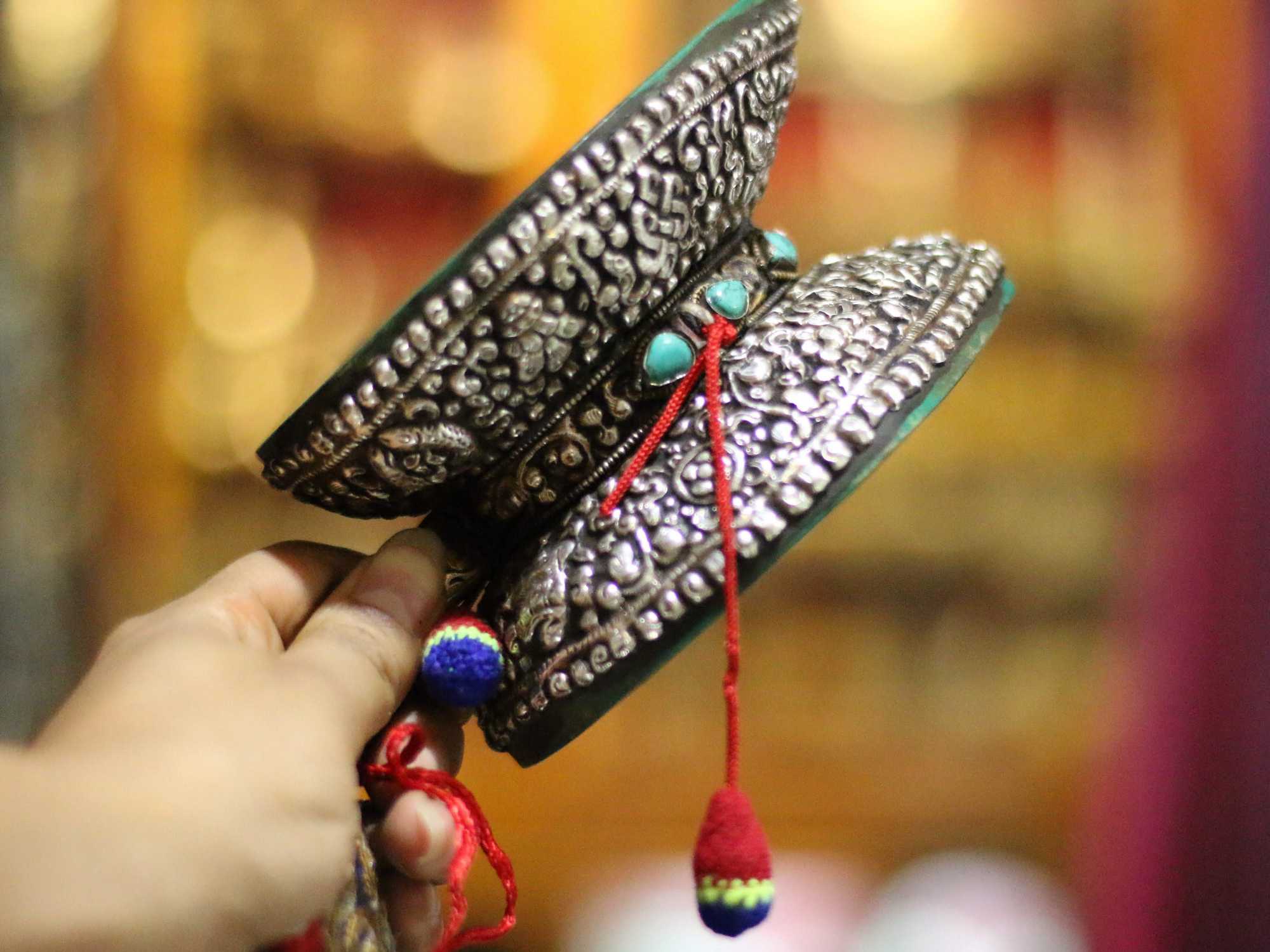 with Real Silver" title="Tibetan Chod Damaru
with Real Silver" title="Tibetan Chod Damaru  with Real Silver
with Real Silver 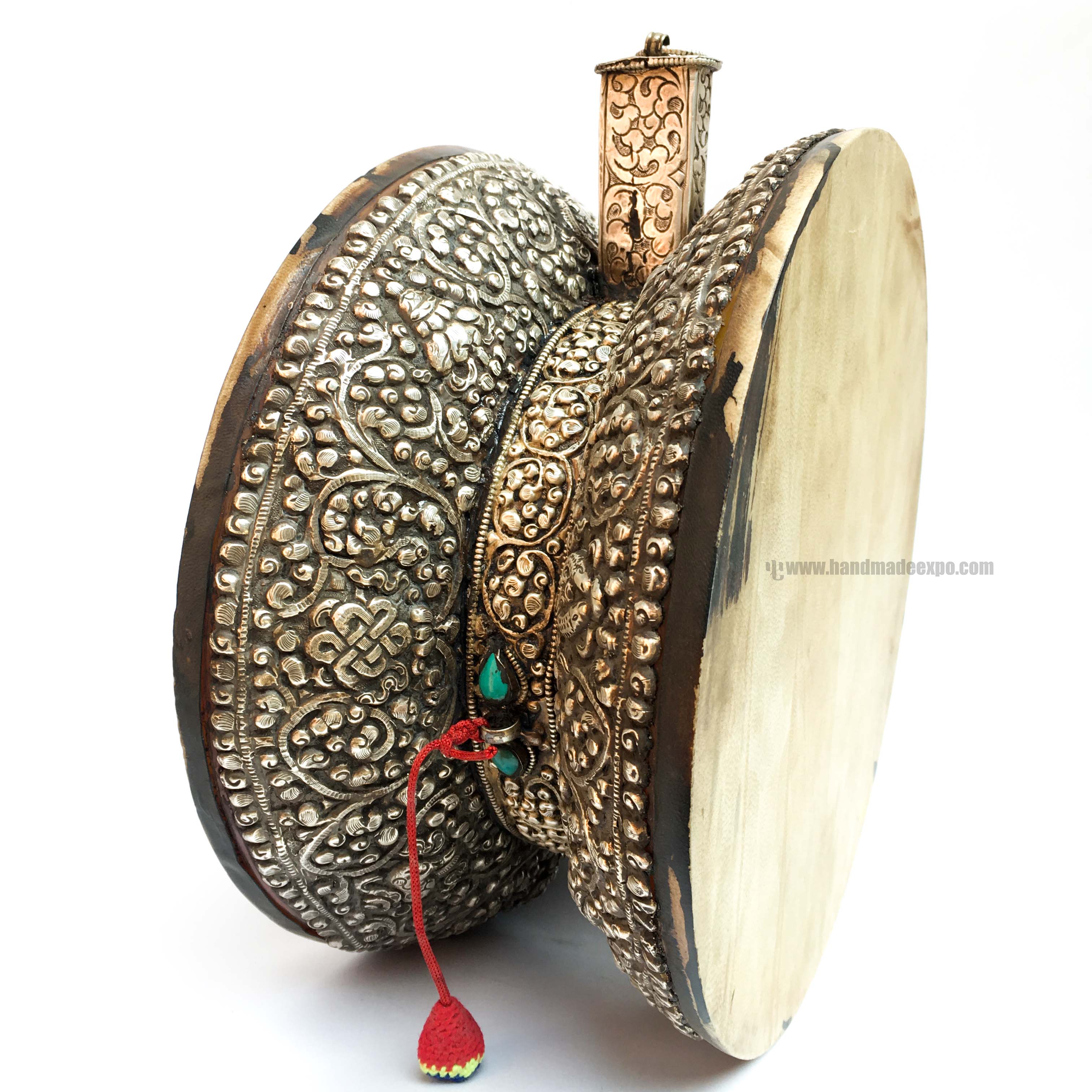 with Real Silver
with Real Silver 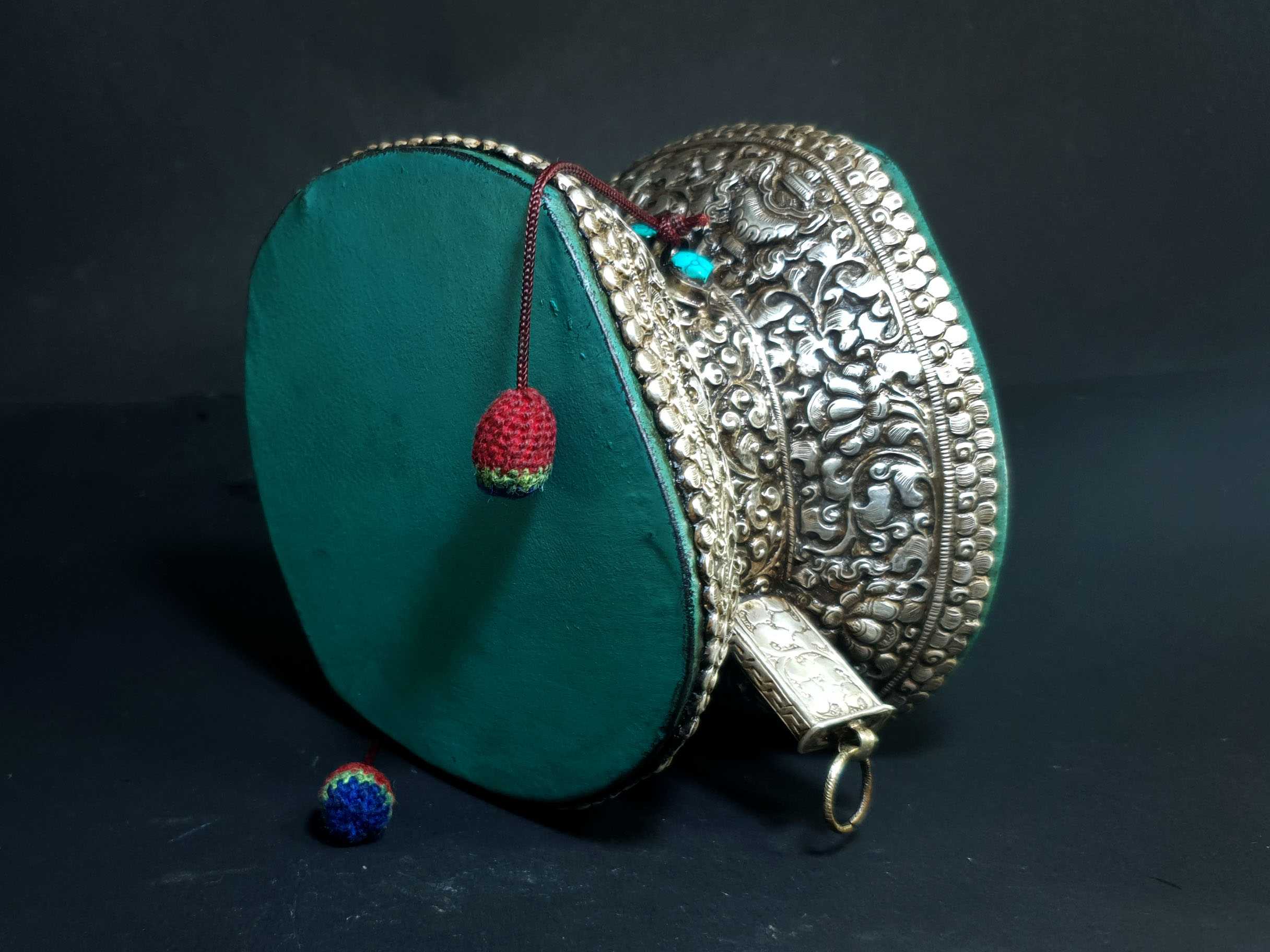 Real Silver" title="Tibetan Chod Damaru
Real Silver" title="Tibetan Chod Damaru 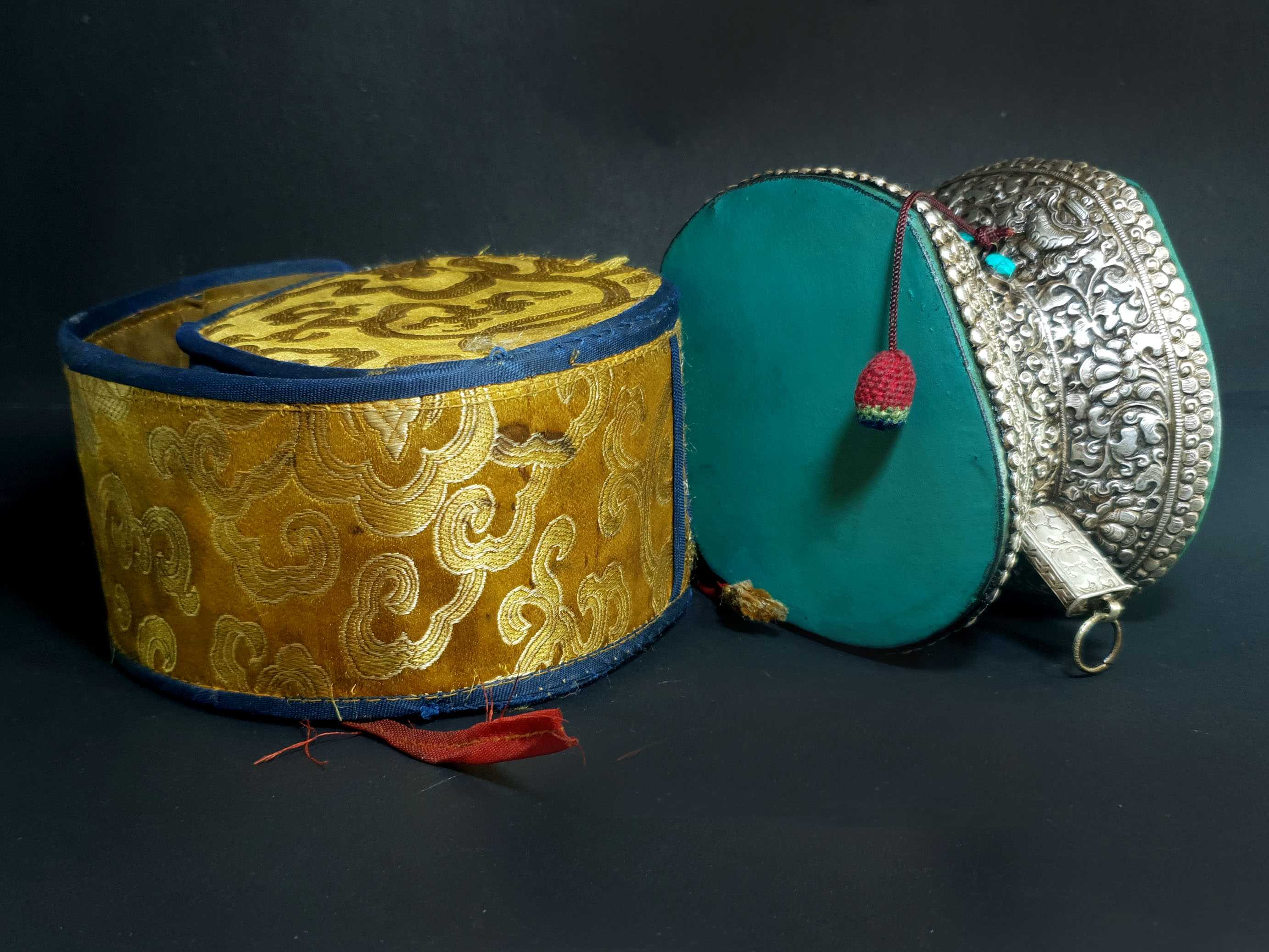 Real Silver" title="Tibetan Chod Damaru
Real Silver" title="Tibetan Chod Damaru  with Real Silver" title="Tibetan Chod Damaru Silver Crystal
with Real Silver" title="Tibetan Chod Damaru Silver Crystal 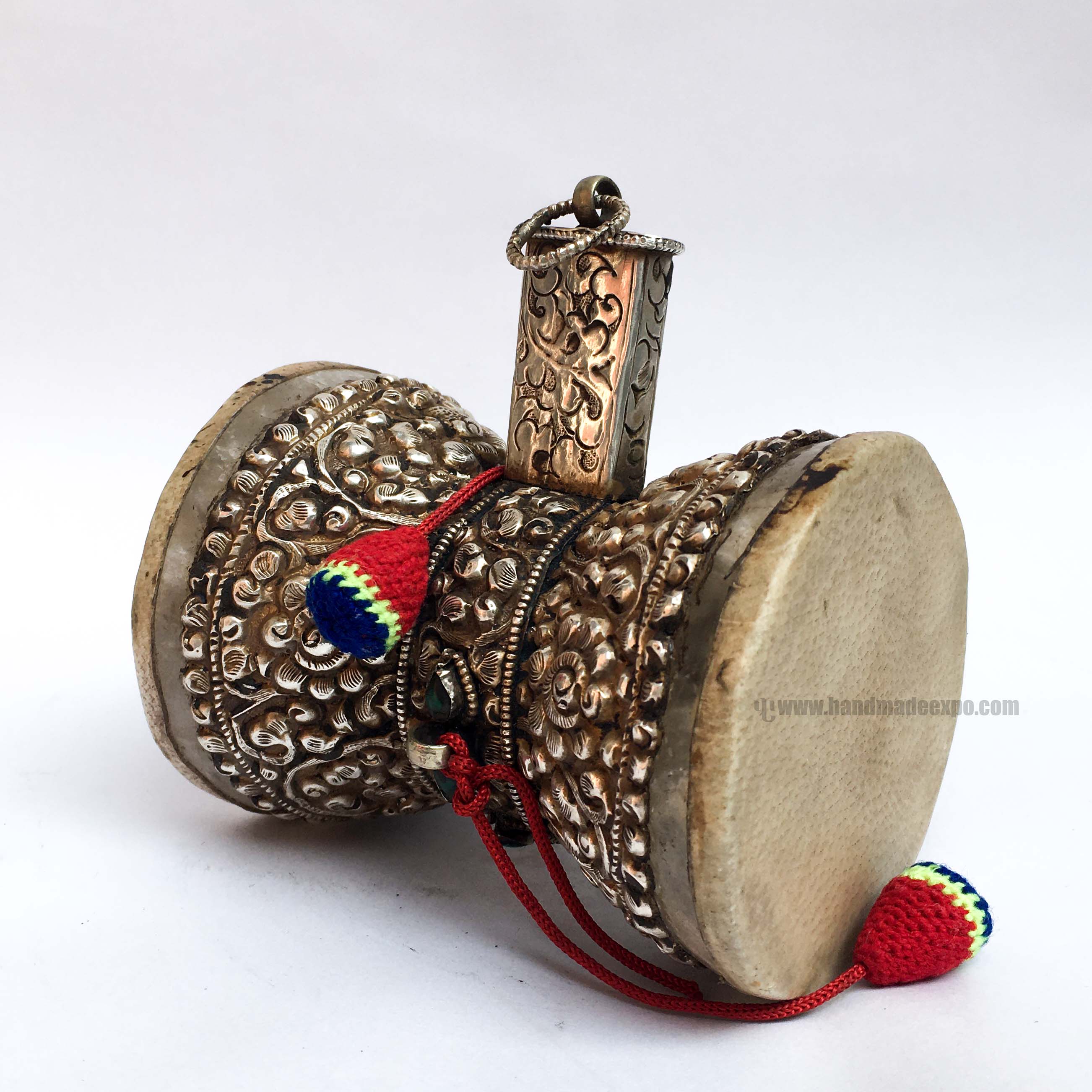 with Real Silver" title="Tibetan Chod Damaru Silver Crystal
with Real Silver" title="Tibetan Chod Damaru Silver Crystal  and Leather,
and Leather, 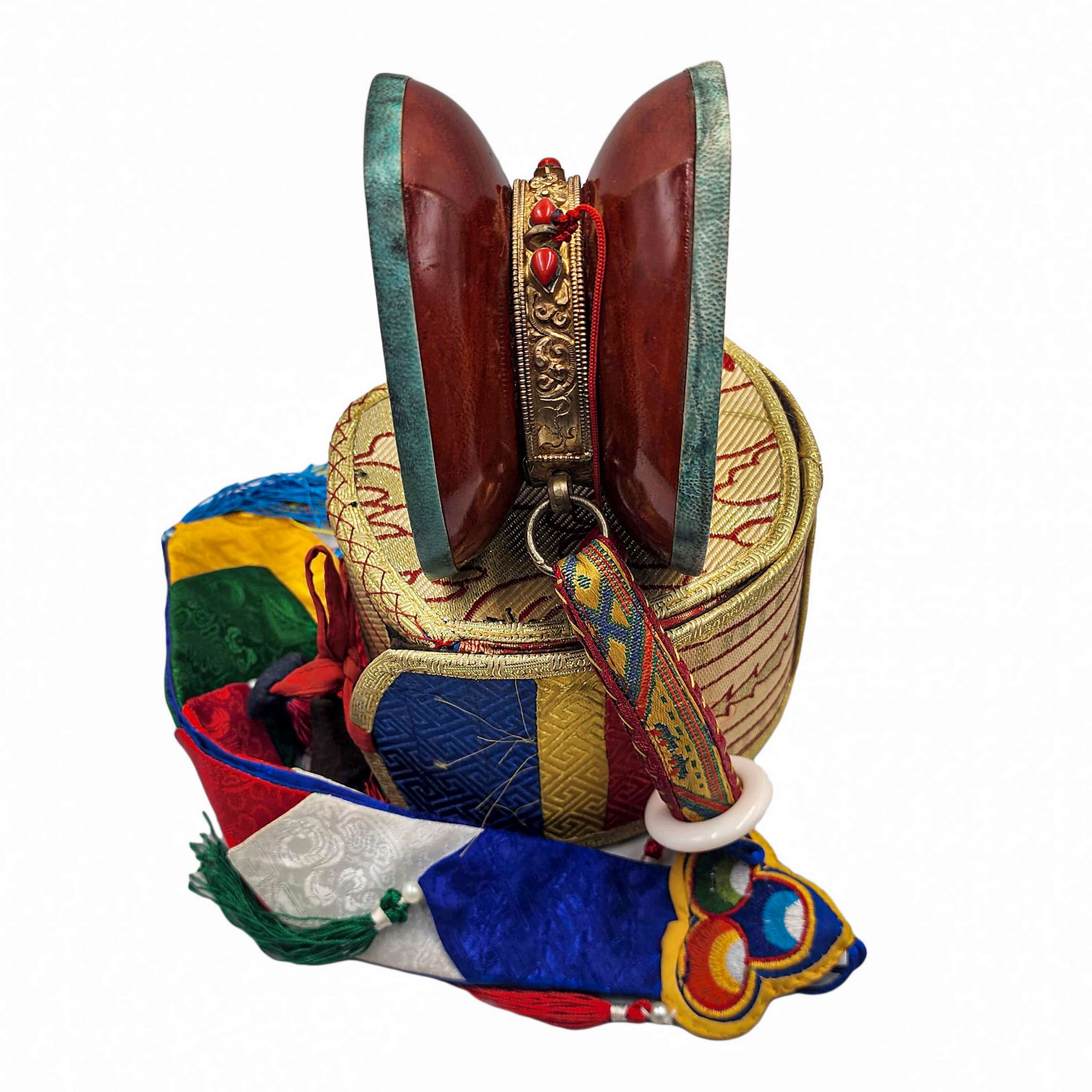 and Leather,
and Leather,  and Leather,
and Leather,  and Leather,
and Leather,